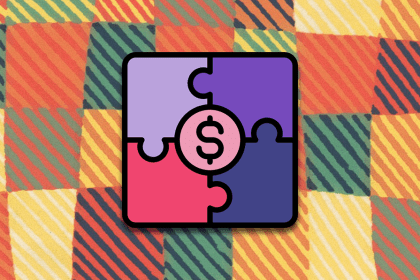
Use this product discovery checklist within your product team to ensure your products align with your users.

Walk through steps to identify and strive for product-market fit, discover which metrics you should track in that pursuit, and see some real-world examples of both excellent and poor product-market fit.

As a PM, you hold the key to bridging the gap between audience needs and the company’s product. And your most important tool in the process is understanding the product market.

Apple’s Face ID and Spotify’s Discover Weekly are delighter features. And adding them to your next product will bring smiles. Learn more in this blog.

Code rarely starts perfect, so it needs to evolve according to the value it creates for your customers and business.

Follow this 7-step checklist to maximize your chances at running a successful product launch.

Calibrating the right perception of your product is paramount to conveying the value it brings over its competitors. Learn more about product positioning in this comprehensive guide.

Especially when more productized methods hit a culture wall, benchmarking allows you to evolve into a more strategic PM.

People need to work on problems that have an impact or else they won’t be intrinsically motivated to sustain an incubation effort.

Product testing evaluates a product’s performance, safety, quality, and compliance with established standards and set goals.

Product advertising involves you marketing a product or set of products instead of marketing the brand itself.

Instead of thinking about what to build next, try taking a step back and ask yourself what to optimize next.